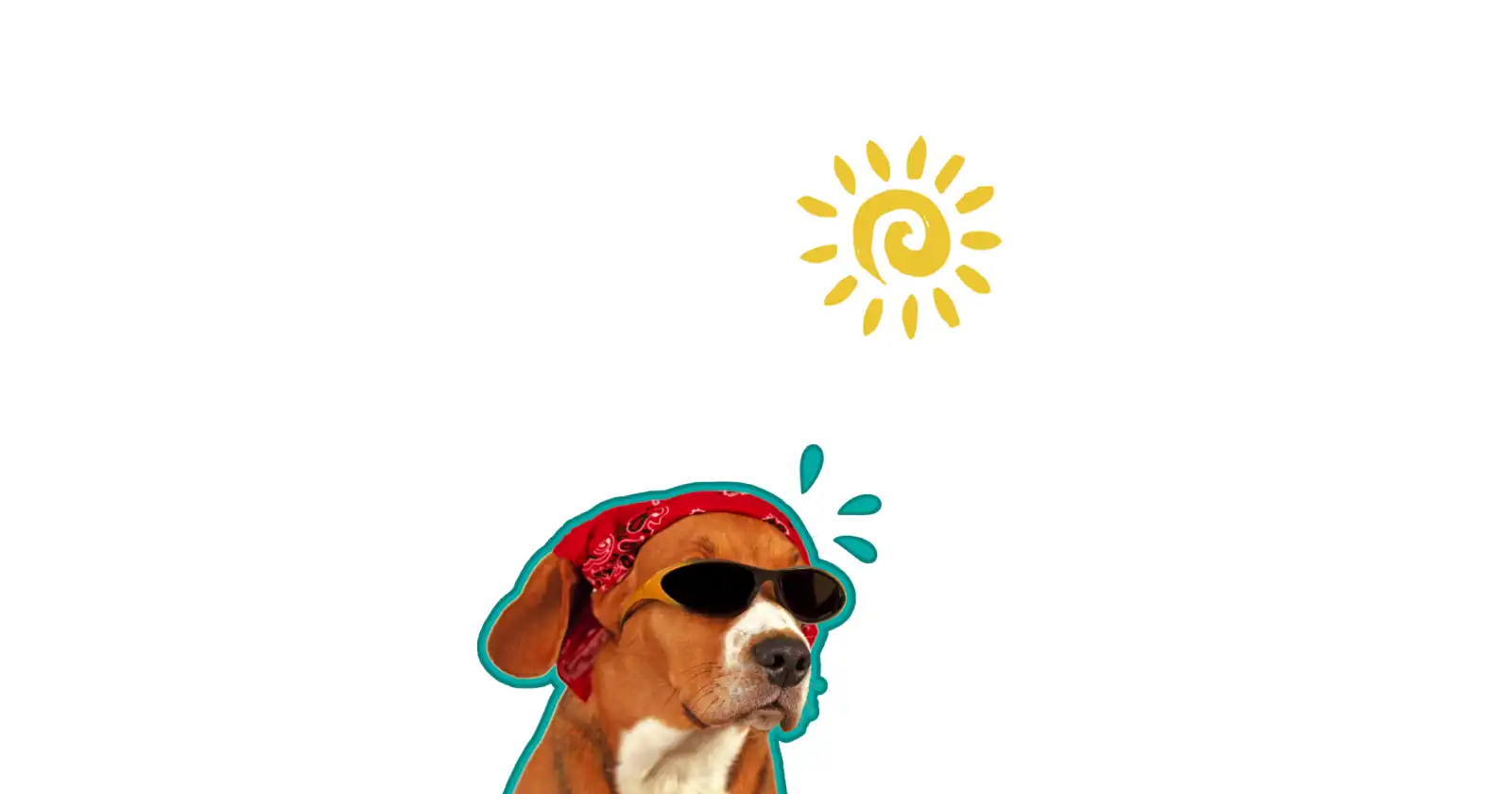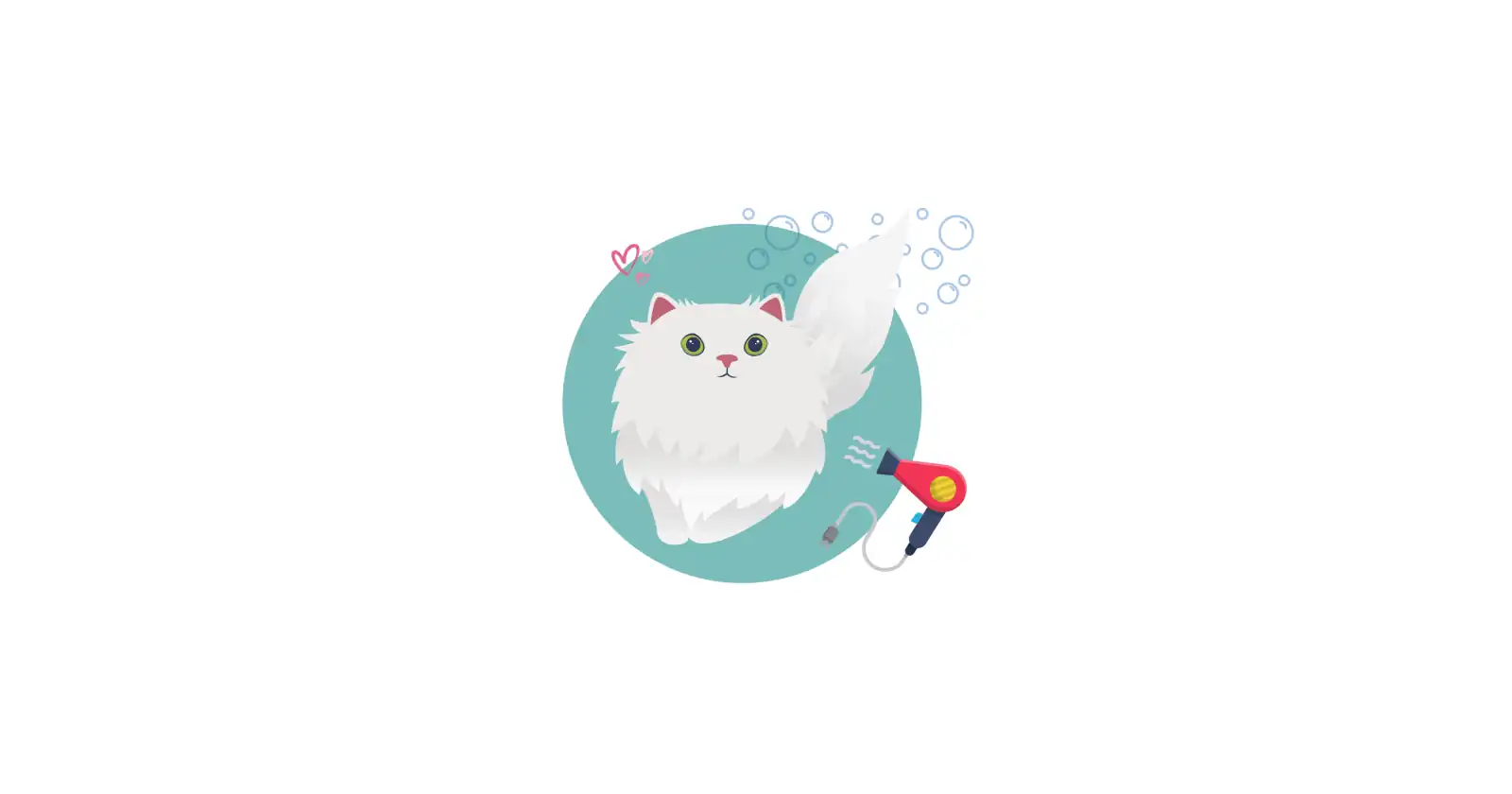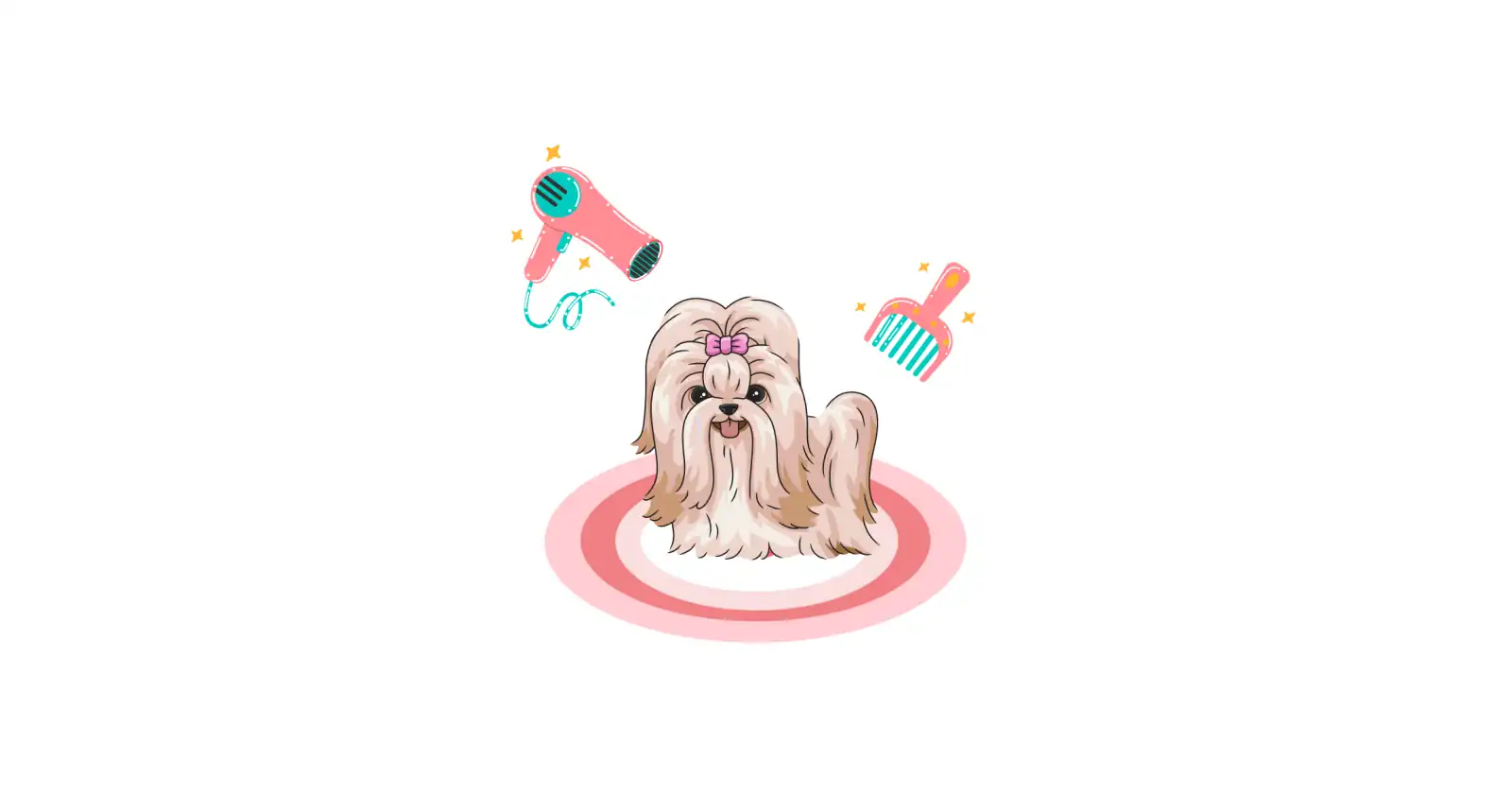Summer care tips for dogs

Table of Contents
Summers are here! And this means vacations and unlimited outdoor fun with your furry friend. But what about unbearable heat waves that might make summer a nightmare for your dog?
Just like humans, dogs can suffer from heat waves too. Even more, they are always at higher risk because of their thick fur and the inability to cool down quickly. But no worries, we’ve got you covered this summer. Here are some super easy and effective beat-the-heat mantras you can adapt for your pet dog’s well-being.
Summer Special Care Tips for Your Dog!
-
Flavour their water:
On average, a dog must be hydrated with 20 to 50 ml of water per kg as per tier weight every day in summer. So for instance, if your pet dog weighs 25kg- they need 500 ml to 1.2 litres of water every day. If your pet doesn’t naturally drink enough water in summer, flavoured water is a great way to increase their water intake. You can infuse their water with refreshing dog-friendly vegetable and fruits like watermelon and cucumber or get water-flavouring powder products like low-sodium chicken broth and goat milk powder. Ice cubes can also be a great summer treat for your dog especially when mixed with some flavors.
Moreover, make sure that your pet always has access to fresh drinking water. If they don’t find drinking water, they might quench their thirst with contaminated water and end up getting infections like Leptospirosis and Giardia or may suffer from severe vomiting, stomach bug development, or diarrhoea.
-
Yes to nutritional diet:
It’s common for dogs to eat less in summer but stay super active to lower their body temperatures. In such situations, it’s essential to feed them nutritious and hydrating food to create a balance. It’s natural for them to prefer not to eat during peak heat hours. Hence, try feeding them early in the morning or late evening when it is cooler outside. Ensure you include hydrating foods like apples, watermelon, dairy products, and eggs in your dog’s diet in the summer to keep them super healthy.
-
Optimal grooming:
Matted fur trap the heat. So, it becomes crucial to ensure pets are well-groomed, specially in summers. However, choose only optimal trimming and not zero-trim. Trimming your dog’s fur shorter than an inch will increase their heat exposure and thus more chances of heatstrokes.
When it comes to bathing, generally recommended frequency is once in two weeks. Ensure that you don’t over-bathe your dog. Find ideal grooming frequency based on your dog’s coat by checking out our blog on How to improve your dog’s coat health.
-
One-hour sun exposure:
Dogs overheat faster than humans and have limited ways to cool off. This means that even normal heat exposure won’t be suitable for your dog. So, ensure that your dog is not exposed to direct heat during peak temperature hours. Their sun exposure should be limited to one hour at maximum. Avoid leaving them on the terrace at all times on summer days. Coming to other outdoor places- arrange solid shade, a cooling fan and plenty of water for them. Take them out for playing, training, and walks early morning or in the evenings.
-
No to parked cars:
Leaving your pet dog in the car while you get your chores done is a big no even if it’s for a short time. Even with open windows, a car’s temperature can soar up so high that it may cause heat stroke, brain damage, or even death in some cases. This is because unlike us, dogs can’t cool down their bodies easily.
Heat-stroke Symptoms Your Pet Dog Might Show
No matter how much you take care of your dog, it’s still possible for them to suffer from heat-related issues as they are bad at dissipating body heat. Heatstrokes in dogs are more common than you can think of. Normally, dogs maintain a body temperature of 38°C to 39.2° C but in the case of heatstrokes, their temperature raises above 40°C. Now, there are a few signs you would want to look out for, to ensure any heat-related problems are found and cured in the initial stages.
- Smaller diet and less activeness.
- Vomiting, diarrhoea, and weakness.
- Excessive panting.
- Faster heart rate, breathing rate, and increased breathing noises.
- Dry or bluish, red, and grey gums.
If you notice any of these signs, go for the following solutions for some immediate relief for your pet-
- Wet sponge wipings
- Cold water spraying on the belly and chest
- Soaking their paws in cold water
During these treatments, ensure that you don’t use ice-cold water. Moreover, do not stop at these treatments, connect with your vet as soon as possible to get your pet treated on time.
Upgrade Your Summer Dog Care with Us!
Want to know more about how you can make summer a happy and healthy time for your furry friend? The Kuddle Community- Social is where you belong.
Have more questions about pet care or do you have some of your tips to share with other dog lovers? Comment away your summer pet-related queries, and get verified answers from our vets. Get in touch with us now to make your pet parenting journey hassle-free and woof-fiful!


